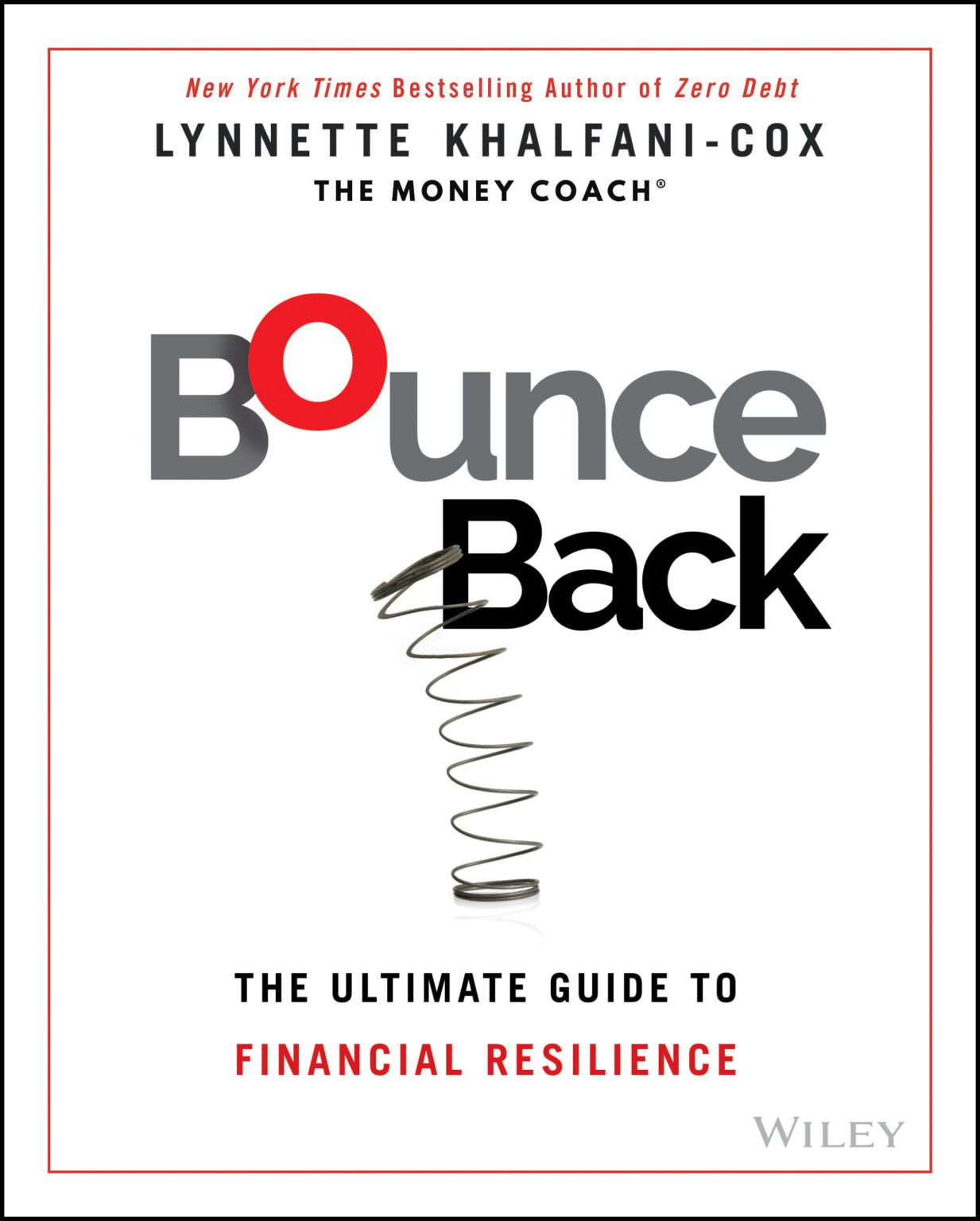Claiming a qualified child or dependent on your taxes can potentially provide significant tax benefits. However, it is essential to understand the criteria that must be met to claim someone as a dependent and the necessary steps to do so. This article will discuss how to claim a qualified child or dependent on your taxes.
What are the IRS rules for claiming a qualified child or dependent?
First, let’s define what a qualified child or dependent means. According to the IRS, A qualified child is a child who meets specific criteria, including being under the age of 19 (or under 24 if a full-time student) and living with you for more than half of the year. A dependent can also be a relative, such as a parent, sibling, or grandparent, if they meet specific criteria, including not providing more than half of their support and having a gross income below a certain threshold.
How to claim a qualified child or dependent:
To claim a qualified child or dependent on your taxes, there are several steps you need to follow:
Determine if you are eligible to claim the dependent: To claim a dependent, you must meet specific criteria, including providing more than half of the support for the hanging and having them live with you for more than half the year. Make sure you review the IRS guidelines to ensure that you are eligible to claim the dependent.
Obtain the dependent’s Social Security number: You will need to obtain the Social Security number for the dependent you wish to claim. This is important as the IRS uses the Social Security number to verify the dependent’s identity and ensure that multiple people are not claiming them.
Complete the appropriate tax forms: To claim a dependent, you must complete the proper tax forms, typically including Form 1040 and Form 2441. Make sure you carefully follow the instructions on the forms to ensure that you are providing all the necessary information.
Provide documentation: Depending on the situation, you may need to provide additional documentation to support your claim for a dependent. For example, if you claim a child as a dependent, you may need to provide documentation to prove that the child lived with you for over half of the year.
File your tax return: Once you have completed the appropriate tax forms and provided all necessary documentation, you can file your tax return. Double-check your return to ensure that all information is accurate and that you have claimed all eligible dependents.
It is important to note that claiming a dependent is not always straightforward, mainly if multiple parties are involved, such as when parents are divorced or separated. In these cases, consulting with a tax professional may be necessary to ensure that the dependent is claimed correctly.
In conclusion, claiming a qualified child or dependent on your taxes can provide significant tax benefits. Still, it is essential to understand the criteria that must be met and the steps required to claim the dependent. Make sure you carefully review the IRS guidelines and follow the appropriate steps to ensure that you are claiming all eligible dependents correctly. Consult a tax professional for guidance if you have any questions or concerns.








